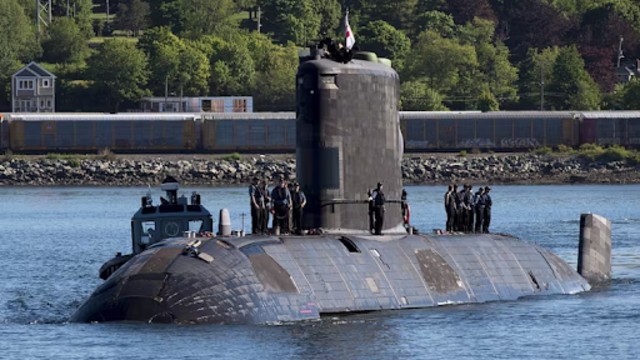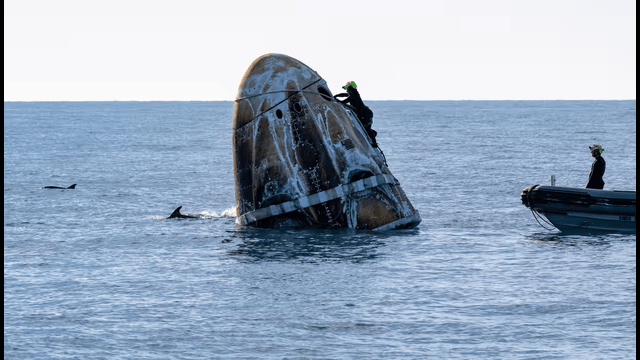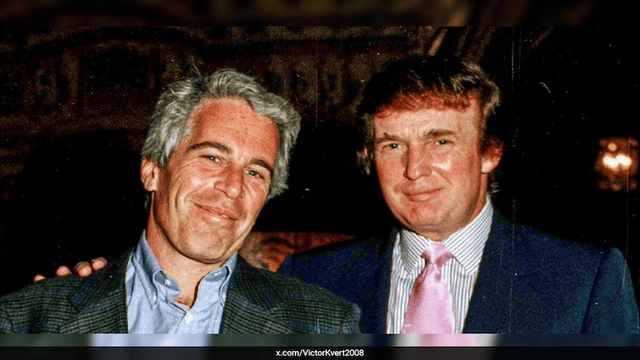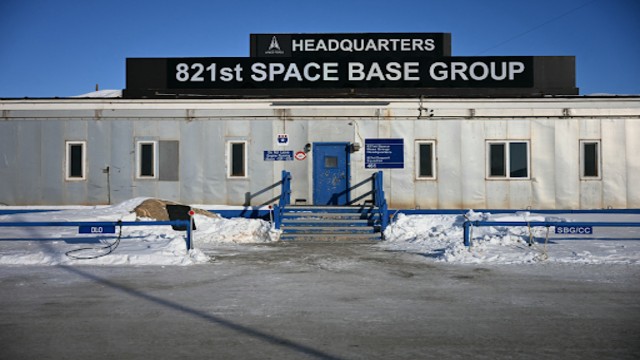
The Royal Canadian Navy's aging Victoria-class submarines are set to be replaced, with Canada seeking requests from shipbuilders with the expectation that the first sub be delivered by 2035.The Canadian Press
Germany and Norway are turning up the heat on Canada, encouraging it to join their ambitious joint submarine program. This strategic pitch could pave the way for Canada to acquire next-generation submarines and reinforce NATO's maritime strength in the North Atlantic.
A Strong Push from European Allies
Senior defence officials from both nations say they’re hopeful Canada will soon commit to the ReArm Europe initiative — a growing collective defence program. This move, they argue, would align Canada with long-standing NATO allies and streamline its path to acquiring advanced submarines.
In recent conversations with CBC News, Germany’s Defence Ministry political director Jasper Wieck and Norwegian submarine program director Capt. (N) Oystein Storebo shared their optimism. They highlighted the benefits of joining a trusted European defence network — one already building submarines set to hit the seas by 2028.
Competition from South Korea Heats Up
The timing is critical. Just weeks ago, South Korean shipbuilders submitted a bold, unsolicited proposal worth up to $24 billion. Their offer? Twelve submarines for the Royal Canadian Navy, with four ready by 2035 — the Navy’s target year for its first new vessel.
While several international firms responded to Canada's initial call for interest, South Korea’s detailed bid has set a high bar. But Europe isn't backing down. Germany and Norway are betting on shared values, trust, and decades of defence collaboration to tip the scales in their favour.
The Submarine Plan: Built for Arctic Depths
At the heart of the European offer lies the 212CD submarine — an advanced model based on Germany’s trusted Type 212A design. Already in production, these submarines feature air-independent propulsion systems, enabling them to operate silently under Arctic waters for weeks at a time.
Six such vessels are being built: two for Germany and four for Norway, at a cost of over $8 billion. Germany’s first 212CD is expected in 2028, with Norway following in 2029.
Storebo believes the 212CD fits Canada’s strategic needs, especially for Arctic operations. More importantly, he emphasized the value of “joining a familiar family” of trusted NATO partners, suggesting stronger political and industrial alignment than any rival bid.
Will this Boost the Job Market in Canada?
Germany’s shipbuilder, ThyssenKrupp Marine Systems (tkMS), is leading the project. CEO Oliver Burkhard hinted that if Canada joins now, it might be able to claim one of the submarines already in line — after some design tweaks.
He also revealed tkMS’s intent to build a submarine maintenance facility in Canada, which could deliver a local economic boost — a factor the Canadian government considers essential in defence contracts.
Strengthening NATO Ties
The push comes as part of a broader trilateral partnership. Last year, Canada, Germany, and Norway signed a letter of intent to deepen cooperation on maritime security. The goal is to create a pact that strengthens NATO, much like AUKUS — the U.S.-U.K.-Australia defence alliance.
Though Canada isn’t pursuing nuclear subs like those in AUKUS, officials hope the new alliance could offer similar strategic value. And for Germany and Norway, Canada’s involvement would mark a powerful step toward collective European and NATO resilience.
Now, all eyes are on Ottawa to make its move.















